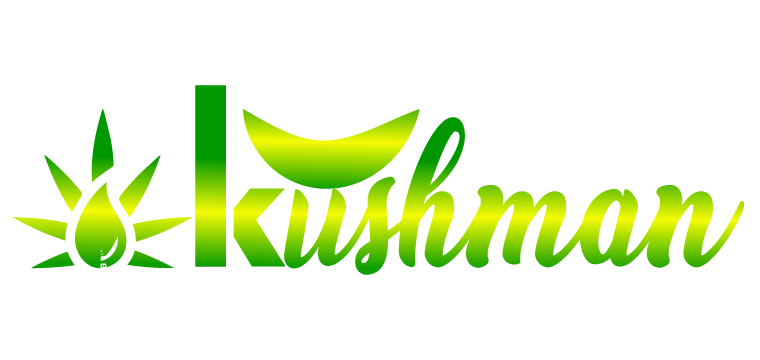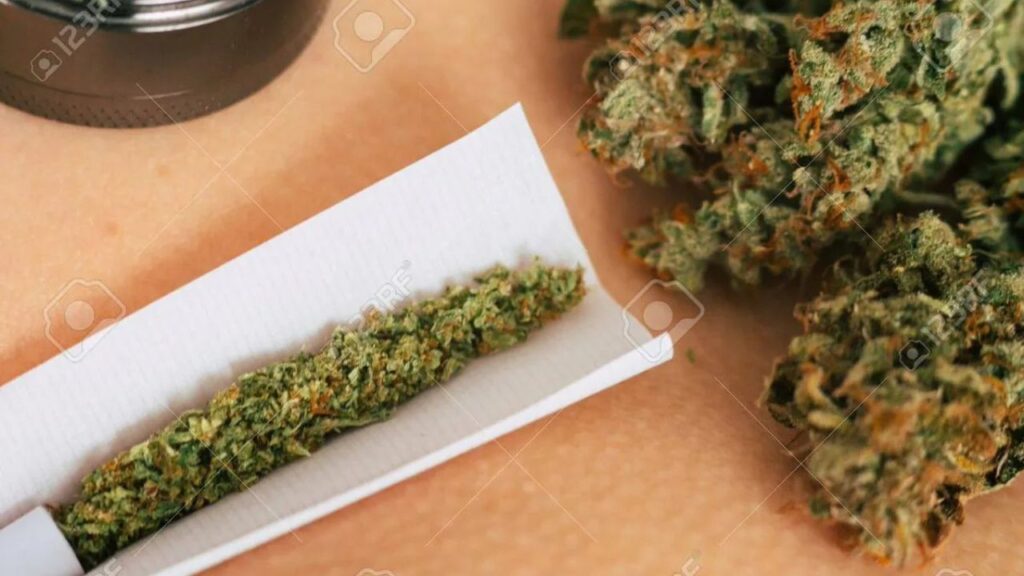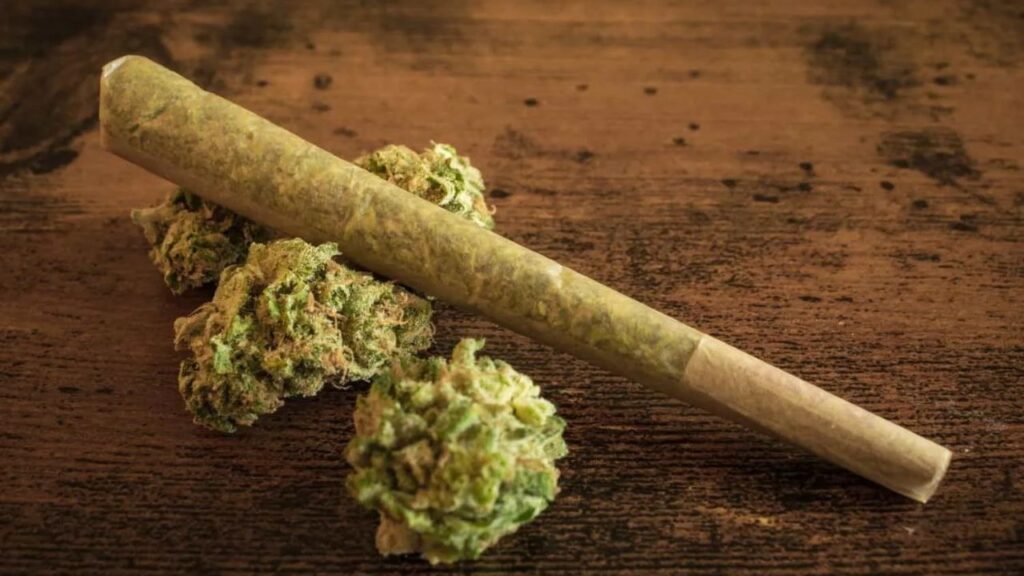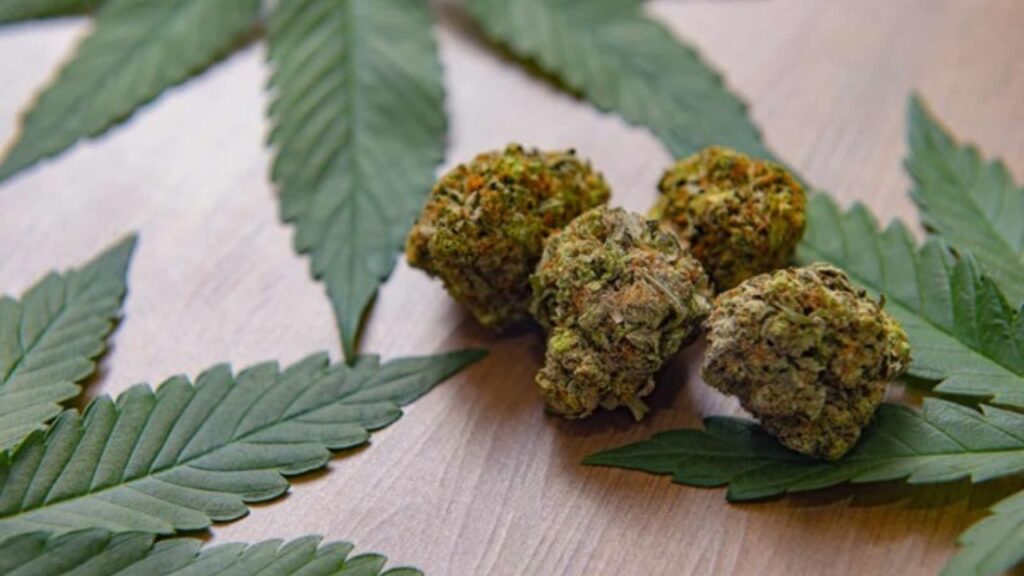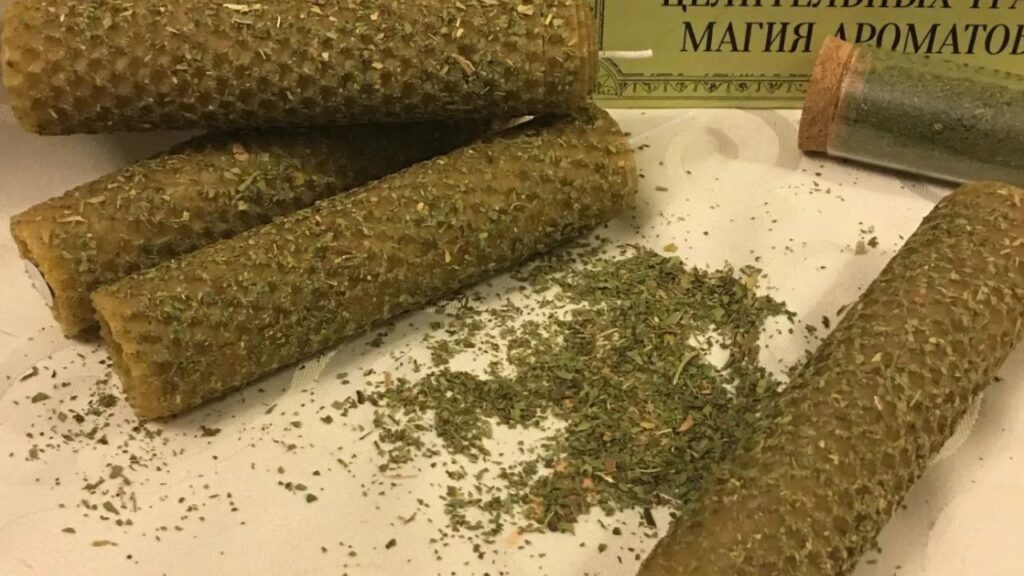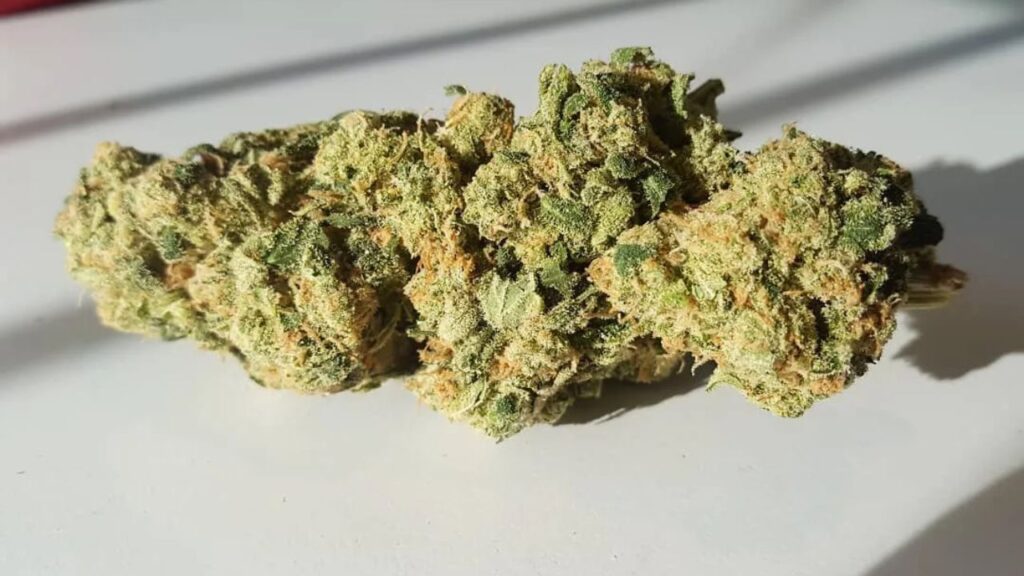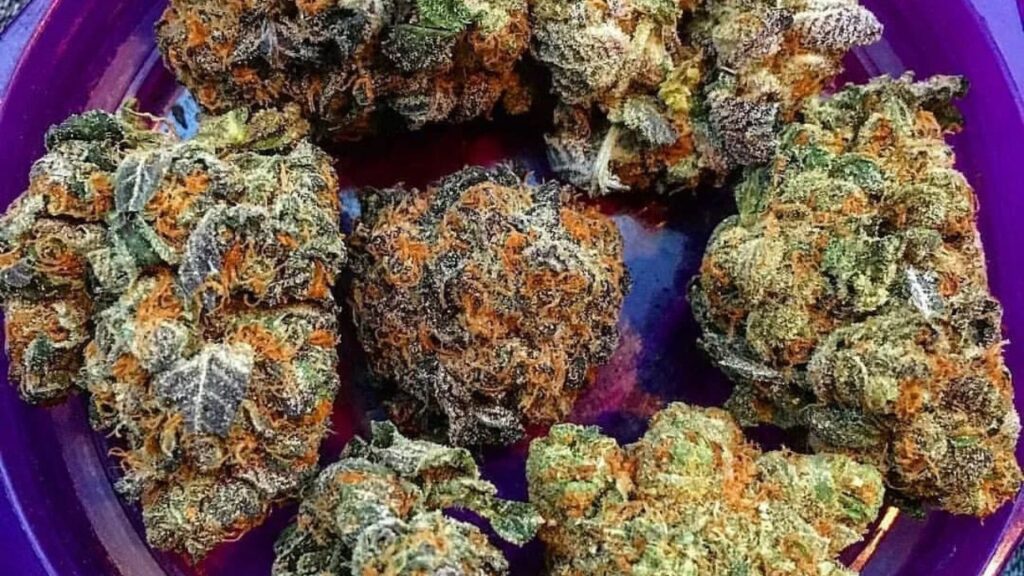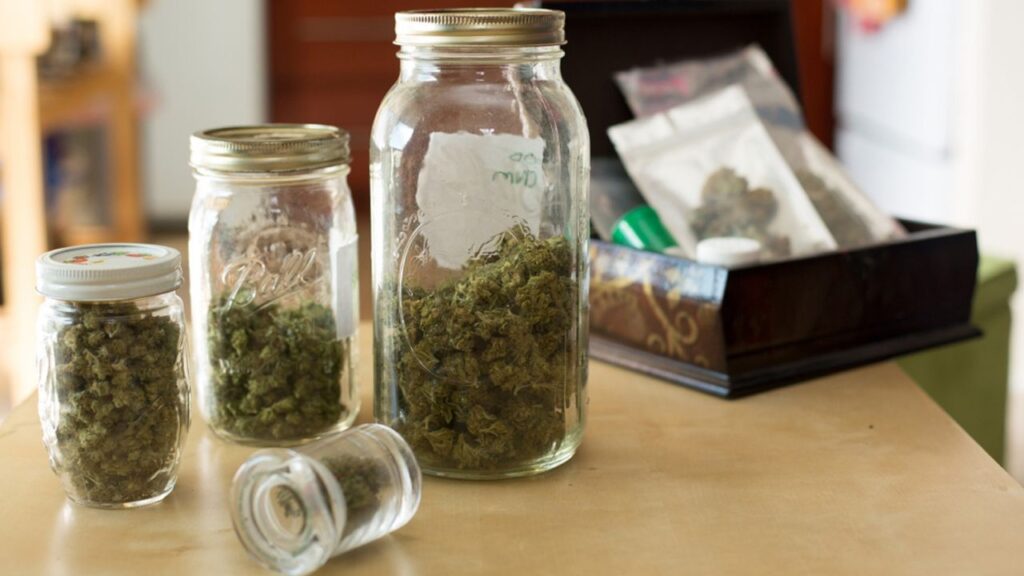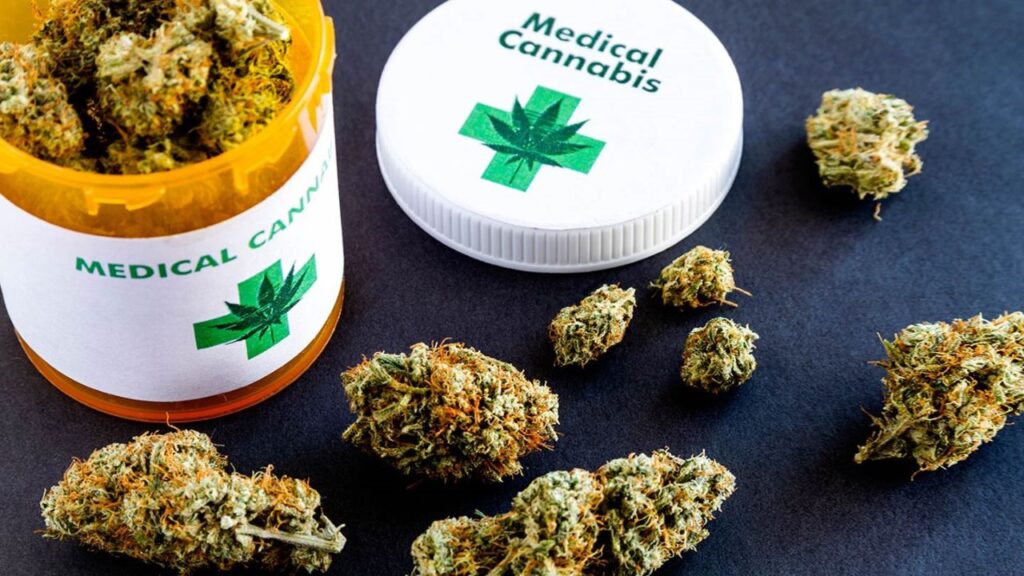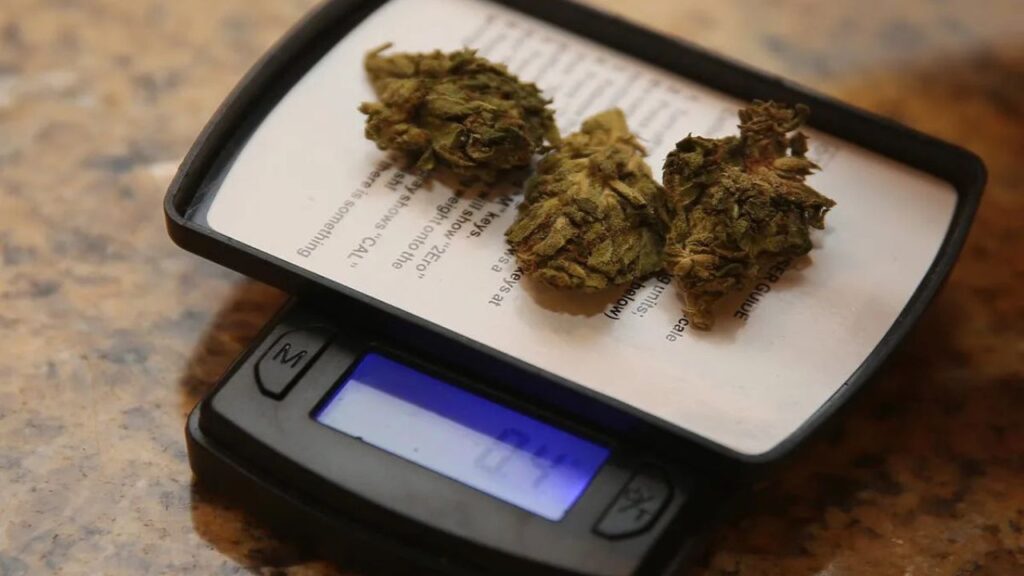Dabs have become increasingly popular in the cannabis community for their potency, fast-acting effects, and flavorful experience. Often used by more seasoned consumers, dabs offer a concentrated form of cannabis that delivers a stronger high with less material. But what exactly are dabs?
Dabs are concentrated doses of cannabis made by extracting THC and other cannabinoids using a solvent like butane, CO₂, or heat and pressure. The result is a sticky, resinous substance—often called wax, shatter, or budder—that is vaporized using a dab rig or vaporizer. Effects can be intense and fast, often producing powerful euphoria and deep relaxation.
This guide aims to give you a clear, step-by-step process on how to make dabs safely and effectively. Whether you’re curious or serious about DIY extraction, you’ll learn about the equipment, safety measures, and different techniques used to produce high-quality concentrates at home.
Understanding the Basics of Dabs
A. Definition of Dabs and Their Components
Dabs are concentrated forms of cannabis that contain high levels of cannabinoids, especially THC (tetrahydrocannabinol), which is the psychoactive compound responsible for the cannabis “high.” These concentrates are extracted from the cannabis plant, isolating the most potent parts—typically trichomes, the resin glands that contain the majority of cannabinoids and terpenes. The final product is a sticky, sometimes glass-like substance that can be vaporized and inhaled for immediate and intense effects.
The main components of dabs include:
- THC/CBD: The primary cannabinoids providing psychoactive or therapeutic effects.
- Terpenes: Aromatic compounds responsible for the flavor and aroma.
- Residual solvents (if not properly purged): Trace chemicals left over from the extraction process.
B. Different Types of Concentrates
Dabs come in many textures and consistencies, often determined by the extraction method and post-processing steps. Common types include:
- Wax: Soft and crumbly, wax is easy to handle and popular among users who prefer a malleable texture.
- Shatter: Transparent and glass-like, shatter is known for its brittle consistency and clean appearance.
- Budder: Whipped during the purging process, budder has a creamy, butter-like texture that’s easy to dab.
- Crumble: Drier and more granular than wax or butter, crumble is lightweight and versatile.
- Oil: Often referred to as hash oil or honey oil, this is a viscous liquid commonly used in vape cartridges.
- Live Resin: Made from fresh-frozen cannabis rather than dried buds, this concentrate retains more terpenes, resulting in a richer flavor and aroma.
Each type varies in texture, cannabinoid content, and flavor profile, but all are forms of potent cannabis concentrates meant for dabbing.
C. Importance of Quality Cannabis for Making Dabs
The quality of the cannabis used in extraction directly affects the quality of the final dab product. High-grade cannabis flowers with rich trichome coverage produce more potent and flavorful concentrates. If the starting material is contaminated, moldy, or low in cannabinoids, the dabs will reflect that in both potency and taste.
Moreover, better cannabis ensures a higher yield of concentrates and reduces the risk of impurities. Choosing well-cured, aromatic, and properly grown buds is essential if you want to make safe, clean, and effective dabs. In short, great dabs start with great weed.
How to Make Wax from Weed
A. Overview of the Extraction Process
Making wax from weed involves extracting the essential compounds—primarily THC, CBD, and terpenes—from the cannabis plant using a solvent. This process concentrates the cannabinoids into a thick, sticky substance known as wax. One of the most popular methods is Butane Hash Oil (BHO) extraction, although ethanol and CO₂ are also used. After extraction, the solvent must be purged to create a safe, smokable product. The entire process must be handled with care due to the flammable nature of solvents.
B. Required Materials and Equipment
1. Cannabis (Bud)
Use high-quality, well-cured cannabis. The more trichomes on the buds, the higher the yield of potent concentrate. Trim and shake can also be used, but will result in lower potency.
2. Solvent Options
- Butane: The most common solvent for making wax. Only use food-grade or lab-grade butane. Highly flammable.
- Ethanol: Safer than butane and less flammable, but can extract unwanted chlorophyll, affecting flavor.
3. Extraction Tools
- Extraction tube (usually stainless steel or glass)
- Pyrex dish or heat-resistant glass tray
- Coffee filters or unbleached parchment paper
- Razor blades or dab tools for scraping
- Double boiler or vacuum chamber for purging
- Protective gloves and safety glasses
- Well-ventilated space or outdoor area for safety

C. Step-by-Step Instructions for Making Wax from Weed
1. Preparing the Cannabis
Start by grinding or breaking up the cannabis into small pieces. Do not pulverize it into powder, as that can clog filters. Make sure the weed is dry to ensure efficient extraction.
2. Performing the Extraction
Pack the cannabis into the extraction tube, not too tightly. Place a coffee filter over one end and secure it with a rubber band or clamp. In a well-ventilated outdoor area, invert the tube over a Pyrex dish. Slowly release the butane into the tube, allowing it to run through the cannabis. The liquid that drips into the dish contains cannabinoids and terpenes dissolved in butane.
3. Purging the Solvent
Once the butane mixture has collected in the dish, it’s time to remove the solvent. Place the dish in a warm water bath (double boiler method). Let it bubble until no more visible bubbles remain—this means the butane is evaporating. For best results and safety, use a vacuum purge chamber to remove all residual solvents completely. The final result is a sticky, golden wax ready for dabbing.
Important Note: Always prioritize safety. Solvent-based extraction is dangerous and can cause explosions if done improperly. Wear safety gear and never attempt this indoors without proper equipment.
How to Make THC Wax
A. Differences Between Making Wax from Bud and Trim
The key difference between making THC wax from bud versus trim lies in the cannabinoid content and final product quality. Bud, especially premium flower, contains more trichomes—those resinous glands rich in THC and terpenes. This results in higher potency, better flavor, and increased yields of wax. On the other hand, trim (leaves and leftover plant material) has fewer trichomes. While it’s more affordable and useful for bulk processing, wax made from trim is usually less potent and may have more plant material or chlorophyll, impacting the taste and smoothness. For top-shelf THC wax, buds are strongly preferred.
B. Detailed Process for Creating THC Wax
1. Selecting the Right Strain for Potency
Not all cannabis strains produce the same level of THC. If your goal is to create high-THC wax, choose strains known for strong potency. Popular choices include:
- Gorilla Glue #4
- Girl Scout Cookies
- Bruce Banner
- White Widow
- Wedding Cake
Look for strains with THC levels of 20% or higher and plenty of frosty trichome coverage. Also, consider the terpene profile for enhanced flavor and effect synergy.
2. Adjusting the Extraction Method for THC Concentration
To maximize THC content during extraction:
- Use high-quality solvents like food-grade butane or 95% ethanol to ensure efficient cannabinoid pull.
- Maintain low temperatures during the initial phase of extraction to preserve THC and terpenes.
- Avoid overpacking the extraction tube—this ensures even solvent flow through the plant material, pulling more THC-rich resin.
- After the initial purge, consider using a vacuum oven to fine-tune the concentrate’s texture and purity while preserving THC content.
Proper filtering using unbleached coffee filters or micron screens helps reduce plant lipids, resulting in a cleaner THC-rich extract.
3. Finalizing the Wax Consistency
Once the solvent is purged, you’ll be left with a thick concentrate. To finish the wax:
- Whip the concentrate while it’s still warm to introduce air and achieve a creamy, “budder”-like consistency.
- If you prefer a stickier, more pliable texture, allow it to cool slowly without agitation.
- For harder, shatter-like wax, let it rest undisturbed in a cool, dry place.
Consistency often comes down to personal preference and post-processing technique. Regardless of texture, the focus is on maintaining maximum THC concentration and clean flavor. Always store THC wax in an airtight container in a cool, dark place to preserve its potency and terpene profile.

FAQs
1. How to make wax from weed?
Making wax from weed involves using solvents like butane or ethanol to extract cannabinoids and terpenes from cannabis. The mixture is then purged of solvents using heat or a vacuum chamber, resulting in a sticky concentrate called wax. Always follow safety guidelines during extraction.
2. How to make wax from a bud?
To make wax from bud, select high-quality cannabis flowers with rich trichome coverage. Use a solvent-based extraction method, such as BHO, followed by a careful purging process. Bud-based wax typically has higher potency and better flavor than trim-based alternatives, making it the preferred choice for quality concentrates.
3. How to make THC wax?
Making THC wax requires choosing a high-THC strain and performing an efficient extraction. Use food-grade butane or ethanol to extract the THC-rich resin, then purge the solvent thoroughly. Post-process by whipping or curing to achieve the desired wax consistency while preserving THC content and terpene profile.
4. How do I make weed wax?
To make weed wax at home, you’ll need cannabis, a solvent, and purging tools. After extracting the plant’s resin using butane or ethanol, purge the mixture to eliminate all solvent traces. The result is wax—a potent cannabis concentrate ideal for dabbing or vaporizing. Ensure proper safety precautions throughout.
Conclusion
Making dabs at home, especially wax, is a rewarding process that requires precision, patience, and attention to detail. From selecting high-quality cannabis and choosing the right extraction method, to purging solvents and finalizing the texture, each step plays a crucial role in creating a potent and flavorful concentrate. Whether using bud or trim, the goal is to preserve cannabinoids and terpenes for maximum effect.
However, safety is paramount. Solvent-based extractions involve flammable chemicals and should only be done in well-ventilated areas with proper protective gear. Rushing the process or skipping purging can result in dangerous, unclean concentrates.
As you gain experience, don’t hesitate to experiment with different strains, consistencies, and methods to discover what suits your preferences best. Dabbing can offer a powerful and enjoyable experience when done correctly. Stay informed, practice safely, and refine your technique over time to create clean, high-quality dabs that match your ideal effect and flavor.
Read More>>>>>>> How to Make Dabs: A Step-by-Step Guide
